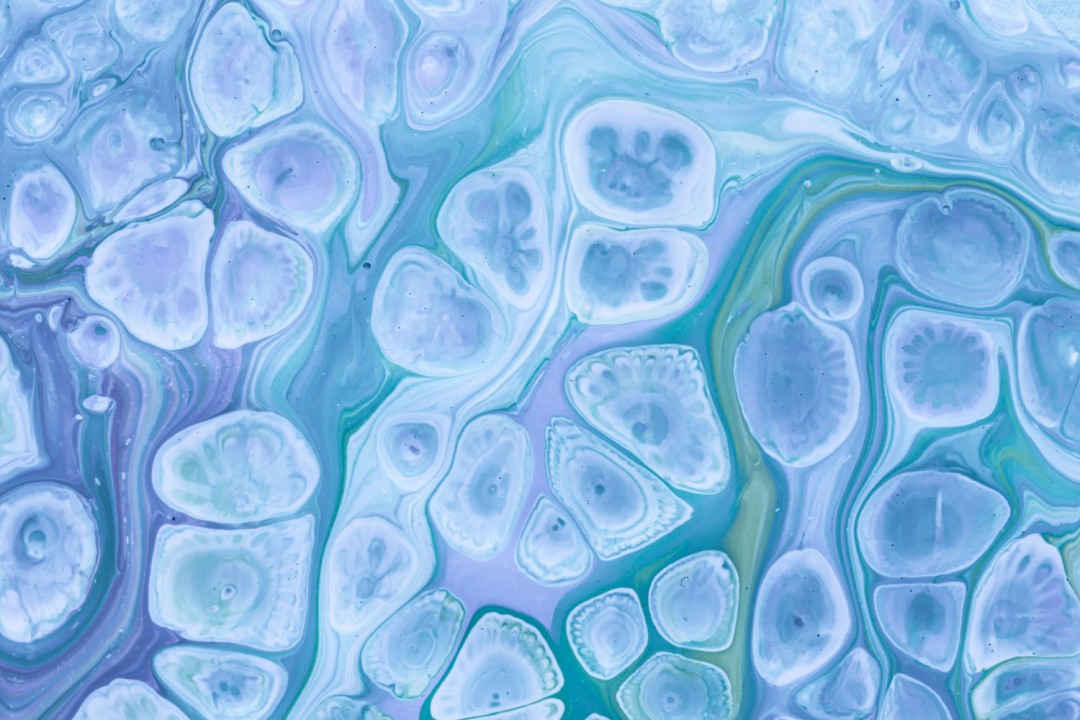
Total protein normalization: Stain-Free technology and Uvitec imagers
New Products & Technologies
Total protein normalization: Stain-Free technology and Uvitec imagers
1. Introduction
In Western blotting, normalization permits to mathematically correct the levels of a target protein to an internal control, which is used as indicator of sample protein loading.
This procedure represents a critical step and it is required to correct for loading variation, thus confirming that the observed changes represent actual differences between samples.
Housekeeping proteins are commonly used as loading controls for Western blot normalization. However, in some experimental conditions, it is difficult to detect a good housekeeping protein, characterized by a stable expression. For this reason, normalization can be calculated on the total protein levels for each sample quantified by using TGX Stain-freeTM gels.
2. Experiment Conditions
- To detect the effect of a beta-lactam antibiotic on the expression of the glutamate transporter GLT-1 in cultured astrocytes, cells (120.000 cells/well for 12-well plates) were treated at DIV20 with increasing doses of drug for 48 hours.
- Drug, dissolved in water, was added to the cultured medium (DMEM-HAM F10, 10%FBS, 1% Pen/Strep).
- Astrocytes were lysed using Laemmli buffer (50 μl/well for 12-well plates) and boiled at 95°C for 3 minutes.
- 15 µl of protein lysates, corresponding to 15 µg of proteins, were loaded on 4-15% CriterionTM TGXTM Precast Midi Protein Gel (Bio-Rad) and run at 200V constant.
- After electrophoretic separation, the gel was directly placed on the UV-transilluminator (ESSENTIAL V6 System, UVITEC Ltd, UK) and activated for 60 seconds (Figure 1). Then, proteins were blotted on a nitrocellulose membrane using a semidry transfer apparatus (Trans-blot SD; Bio-Rad).
- Membranes were incubated 1 hour in blocking solution (Tris-buffered saline containing 0.1% Tween-20 [TBS-T] and 5% non-fat dry milk) and then incubated overnight (4°C) with anti-GLT1 primary antibody (Santa Cruz Biotechnology; 1:500 in 5% milk in TBS-T).
- After three washes in TBS-T, blots were incubated for 1 hour at room temperature with anti-mouse HRP-conjugated secondary antibody (1:10000 in 5% milk in TBS-T) and the immunocomplexes were visualized by using the ECL substrate kit (GenSpin, Milan, Italy) and imaged on ALLIANCE MINI HD9 system (UVITEC Ltd, UK). GLT-1 band volume measurements were performed using the UVITEC software and the value normalized to the corresponding TGX-stain lane. Background subtraction was performed by selecting “rolling ball” for all measurements. The mean value of the untreated group (control) was set at 100% and data expressed as percentage of control.
3. Conclusion
The selected beta-lactam antibiotic increases the expression of GLT-1 in cultured astrocytes in a dose-dependent manner (Figure 2).

Figure 1. Image Of TGX Stain-Free Gel After UV Activation.
Samples are indicated upon each band. C=control, 10=10µM, 100=100µM, 500=500µM of the beta-lactam antibiotic. After electrophoretic separation, the gel was directly placed on the UV-transilluminator (ESSENTIAL V6 System, UVITEC Ltd, UK) and activated for 60 seconds.

Figure 2. Chemiluminescence Signal Of GLT-1 After ECL Reaction.
Samples are indicated upon each band. C=control, 10=10µM, 100=100µM, 500=500µM of the beta-lactam antibiotic. The selected beta-lactam antibiotic increases the expression of GLT-1 in cultured astrocytes in a dose-dependent manner.











.png)